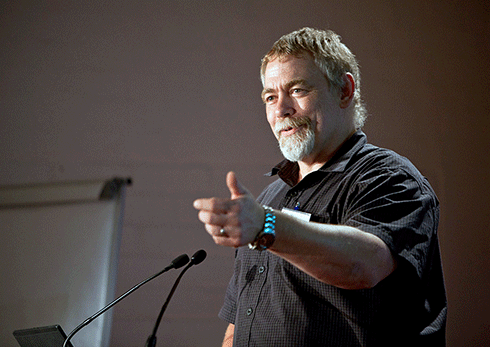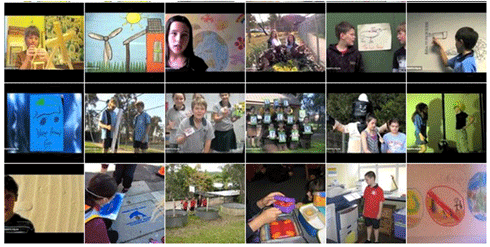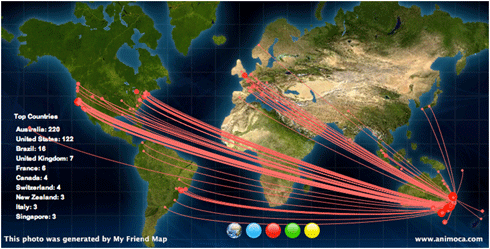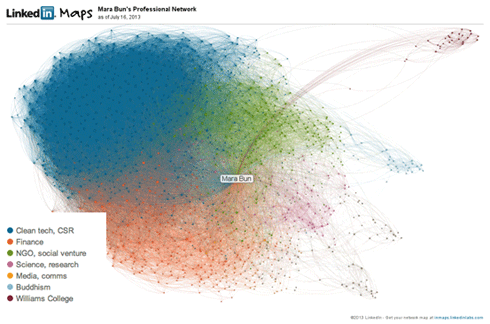
|
Published: 29 July 2013
Jeff Baldock: digging into soil carbon
CSIRO’s Dr Jeff Baldock talks to ECOS about his work on soils and soil carbon, and explains how CSIRO is supporting land managers to increase carbon in our agricultural soils and take advantage of the federal government’s Carbon Farming Initiative.
As a young man considering his career options, Jeff Baldock knew he wanted to work in a field related to agriculture. He chose the path of soil science – and hasn’t looked back since.
Your work involves communicating some of the often complex concepts and processes behind soil carbon to farmers. What is most challenging about this task?
Understanding how and why soil carbon changes across landscapes and paddocks – and through time – requires knowledge of chemistry, biology and physics. All three sciences interact in how they influence soil carbon, making it complex to understand. If you avoid this complexity, you get an incomplete picture, but often, this complexity can seem daunting to farmers.
I try to bring the complexity down to a point where I can get the message across appropriately – without getting bogged down in all the detailed understanding that might have gone into creating that general message.
In terms of carbon trading, the basics are that plants control the input of carbon to soil, and biological processes of decomposition control the loss of carbon from soil. But, the chemistry of the materials that are cycling and the physics relating to the water and oxygen transport in the soil are also critical, because they modify the behaviour of the biology.
Most of the time when I speak to farmers, they are there to find out the main messages that we have to give. Many do want to dig further into the detail, and I’ll often get calls or emails from farmers or agricultural consultants following up with questions.
In a recent presentation on soil carbon to farmers in West Gippsland, you made the point that farmers are innovators – and that if there are opportunities, farmers will find a way to take advantage of them. How have you seen that played out in relation to soil carbon?
The thing that I really see is that once a farmer gets the process or idea you’re trying to get across, when they get back to the farm they have a whole variety of techniques in their arsenal that they can apply to the problem – and there is often ingenuity in how they apply them.
Once farmers recognise that carbon levels in the soil are a balance between how much they can put in and how much is being decomposed – and that one of the very simple ways of building soil carbon is to increase the amount of carbon flowing into the ground – they start to figure out ways of getting to a win-win scenario, where they both increase soil carbon and at the same time improve productivity.
So, for example, over the past 10–15 years, I’ve seen advances in water use efficiency, residue retention, nutrient management and generally increased flexibility in farming systems to respond to climate. All of these lead to larger crops and pastures, and greater input of carbon to the soil.
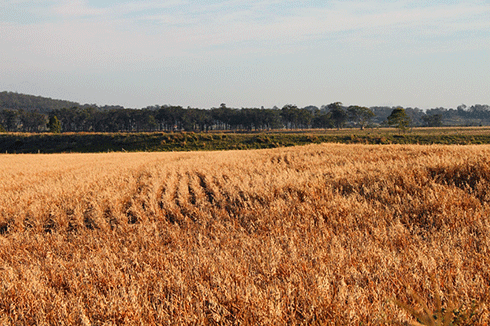
|
|
Retaining crop stubble after harvesting is one of the farming practices that help increase the level of carbon in soils. Credit: Andesign101/istockphoto
|
What kind of research would help farmers adopt land management practices that increase soil carbon?
We’re on the road to [achieving] relevant research goals. A couple of these are:
-
Getting a methodology together for Australia that can measure soil carbon accurately, quickly and cost effectively. This will make it viable for farmers and land managers to track their soil carbon values.
-
Building a national monitoring program with points located throughout Australia’s agricultural zones. As an analogy, consider the climate data set that Australia now has: we’ve been measuring climate data for the past 100 or so years, so we can say things about how climate is changing. We don’t have a comparable system for soil carbon, or other soil properties in general.
This research is required to support carbon trading. But, I feel that we should also be building soil carbon, because of its potential to increase productivity and sustainably use Australia’s soil resources. We should at least aim to arrest the decline in carbon that we’ve seen in, say, the past 50 years.
Part of the challenge for me as a researcher is to come up with the relationships between building soil carbon and productivity that show farmers it’s economically worthwhile to invest in building soil carbon. In the long run, the farm is a business; and, although it makes sense to secure the long-term viability of that business, it still has a bottom line to meet. If we expect our land managers to invest in building soil carbon stocks, then some research should be directed at finding out other possible outcomes of building soil carbon, in terms of soil and plant productivity.
How has CSIRO has been advancing these goals?
First, we’re working on a rapid, cost-effective measurement technique to determine the amount of carbon in soil, and also its composition.
We think it’s important to understand how much of the carbon in the soil is in a stable form, versus a more labile form (i.e. more susceptible to decomposition). If a farmer has been able to build soil carbon and wants to go into the trading system, it is important to understand how vulnerable that carbon is to future change. Understanding this vulnerability would affect the amount of carbon that would potentially enter into a carbon accounting scheme. Being able to quantify both the amount and composition of soil carbon will help farmers make more informed decisions about carbon trading.
We’ve been using and developing a statistical process combined with spectroscopy. It gives us results in just a few minutes, and we’re getting good predictive capability. The process also has the potential to measure a range of additional soil properties (e.g. carbonate and clay contents of soil) at the same time as carbon measurements.
We still have one big step to go to deliver this technology to the agricultural industry and farmers. Basically, we need to ensure national consistency in its application. We don’t want one group of labs doing it one way, and another group doing it differently: particularly where the results may be used as input into the national Carbon Farming Initiative.
Second, we’ve just finished up a large soil carbon research program – we’re still looking at data from that, and probably will be for a couple of years. But, we’ve got the areas sampled, and we’re starting to get a good idea of the nature of the variability in soil carbon stocks across different management systems: even within agricultural-climatic regions.
We’re getting to the point at which if a farmer was to measure their soil-carbon stocks, our data could tell them whether they’re on the high or low side of others around them in that region. This then gives the farmer more idea of the potential to build soil carbon on their own farm.
Third, we’re developing a method that farmers can use to go out and sample soils, without needing to involve a team of researchers. This is to answer the question: ‘How do we sample in a manner that will give farmers a good value across the whole paddock, and optimise the capacity to detect changes through time?’
And finally, we’re also looking at temporal variations in carbon, even within a growing season. We want to know whether it makes a difference, for example, if we sample when a crop is in place or not. This project has only just started, but over the next two years, we’ll be sampling at five locations every month in south-eastern Australia.
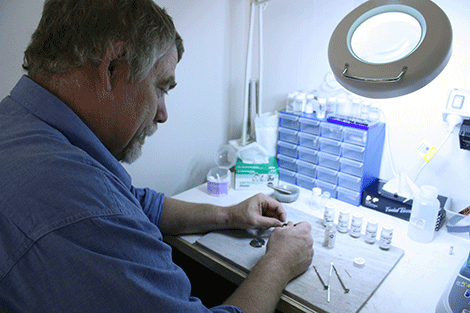
|
|
Jeff’s research is supported by CSIRO’s wealth of scientific expertise and equipment in soil sampling and measurement and in measuring greenhouse gas emissions from soil. Credit: CSIRO
|
What are some of the common misconceptions or oversimplifications in public conversation around soil carbon?
Australia is unique in that we tend to farm in a wide range of climates and soil types: for example, from areas with rainfalls in excess of 1000 mm per year to those that receive under 200 mm per year. This means that what works in one place isn’t necessarily going to work in another.
We have to be really careful not to think that a particular positive soil carbon result obtained under a defined management practice at one location can be transferred and used to build soil carbon across Australia’s agricultural regions. We need to develop and tailor effective management practices to both the soil and climatic conditions that exist at particular locations.
We also have to be aware of the timescales over which it is possible see meaningful changes in soil carbon. Detecting change through time is tough in a variable climate.
It might be, for example, that a farmer goes out and samples the soil, then implements a change in management practice that has the potential to increase soil carbon. But, perhaps this potential doesn’t get the chance to express itself for many years, because the farmer runs into a 3–4 year drought the year after the change is first implemented.
So, we suggest 3–5 years as the minimum period over which you would aim to measure changes in soil carbon. Other sources of variability include pest and disease outbreaks that reduce plant growth, thereby reducing the amount of carbon returned to the soil in stubble and belowground plant mass. To effectively measure soil carbon changes requires repeated measurements over 5–10 years, or even more, to be confident in the magnitude of the change.
Finally, how do you unwind from your busy work life?
Woodworking – it’s something I have done for a long time, even through my undergraduate years. I’ve made most of the furniture in my house. I work on a computers a lot, analysing data; I think I enjoy woodworking because it allows me to make something tangible and useful around our home.
Dr Jeff Baldock was in conversation with Michele Sabto.


